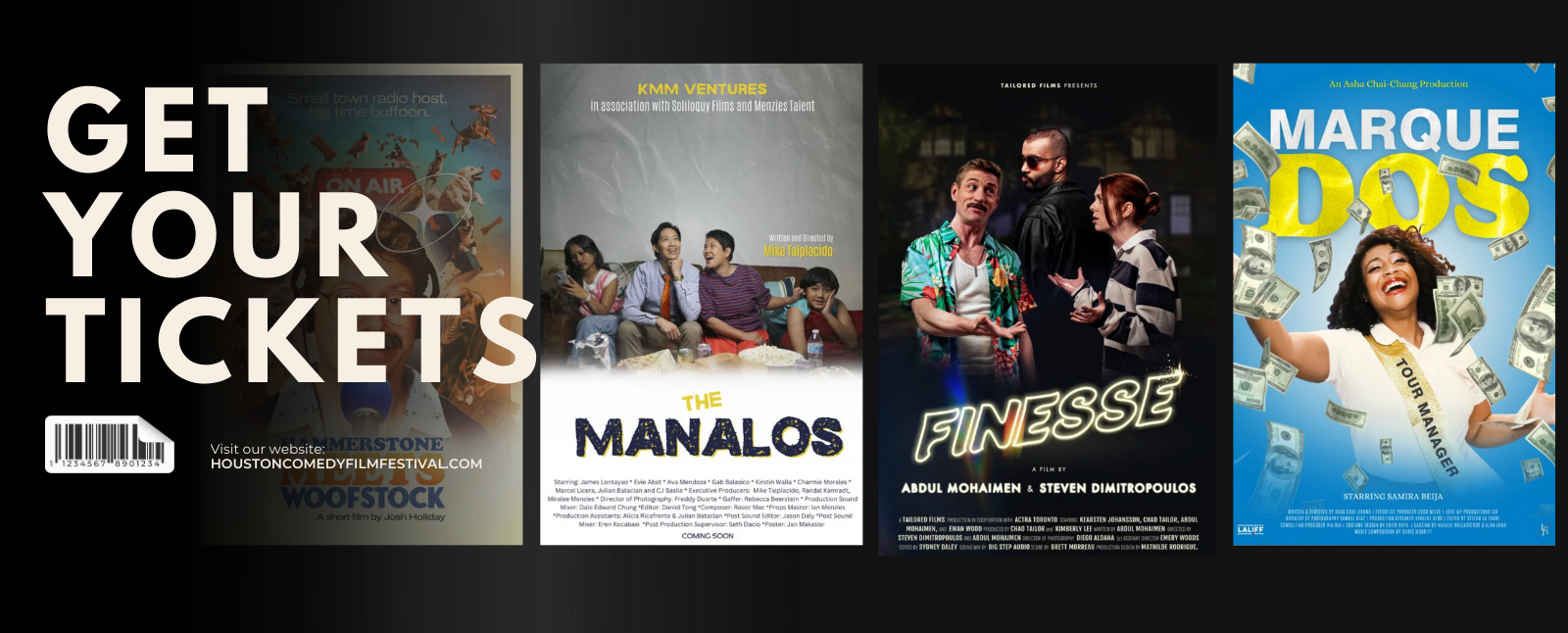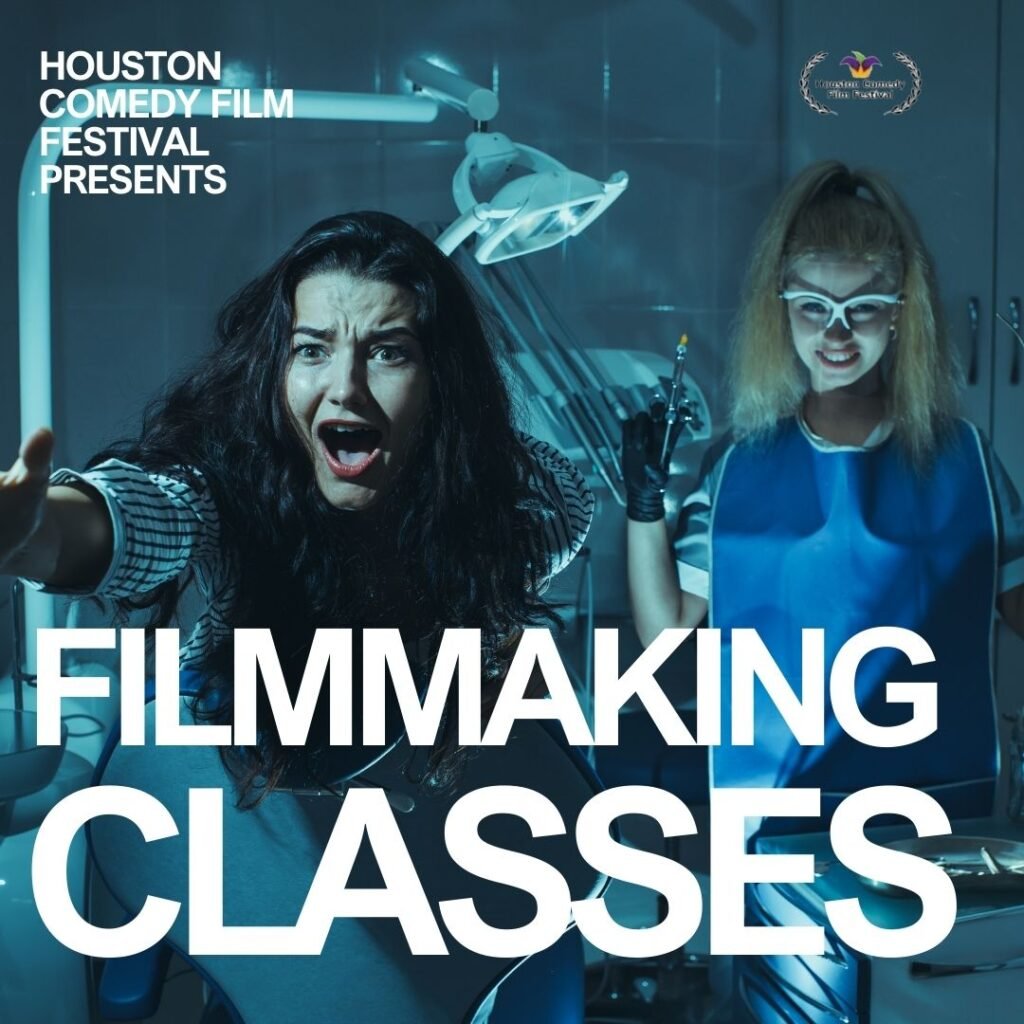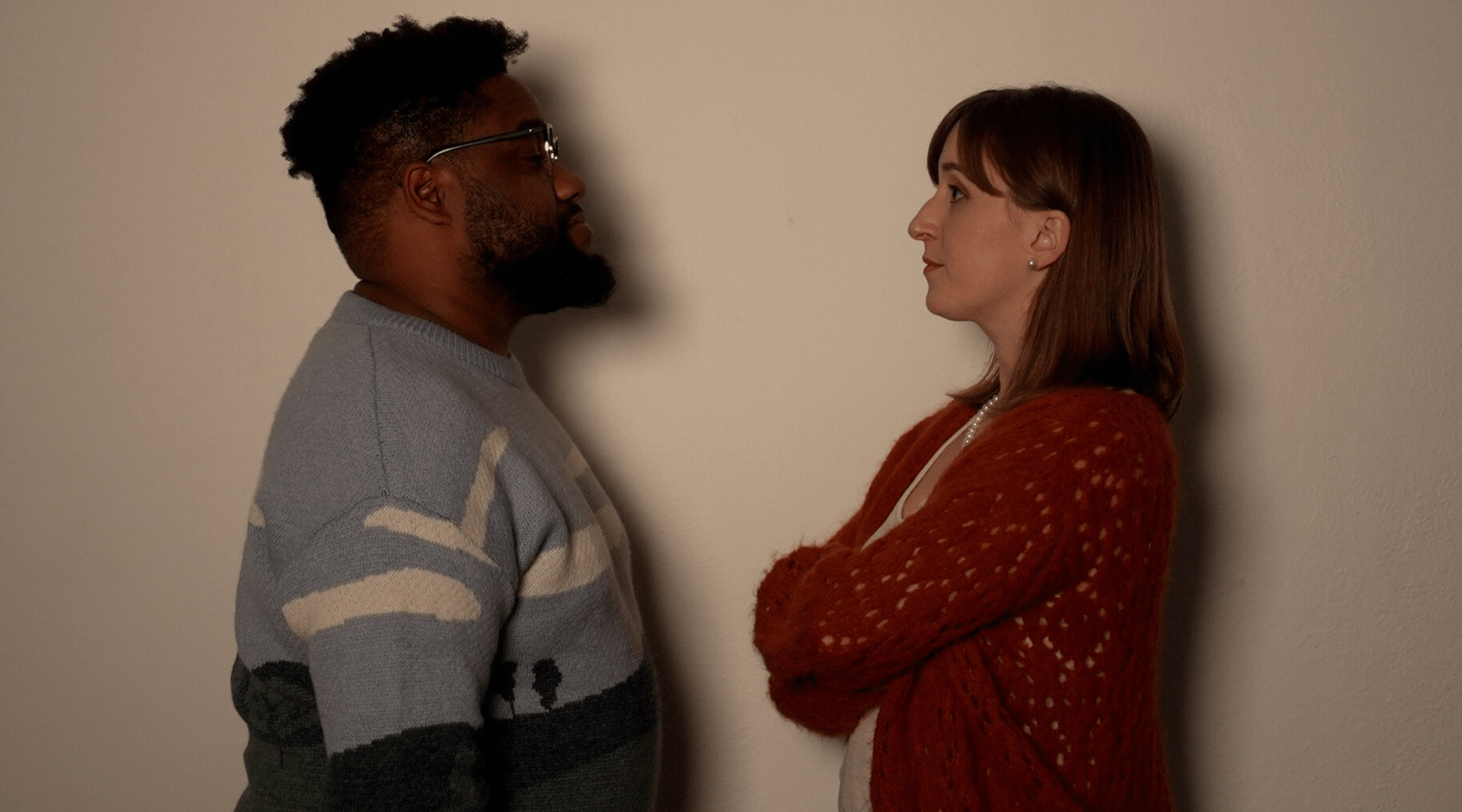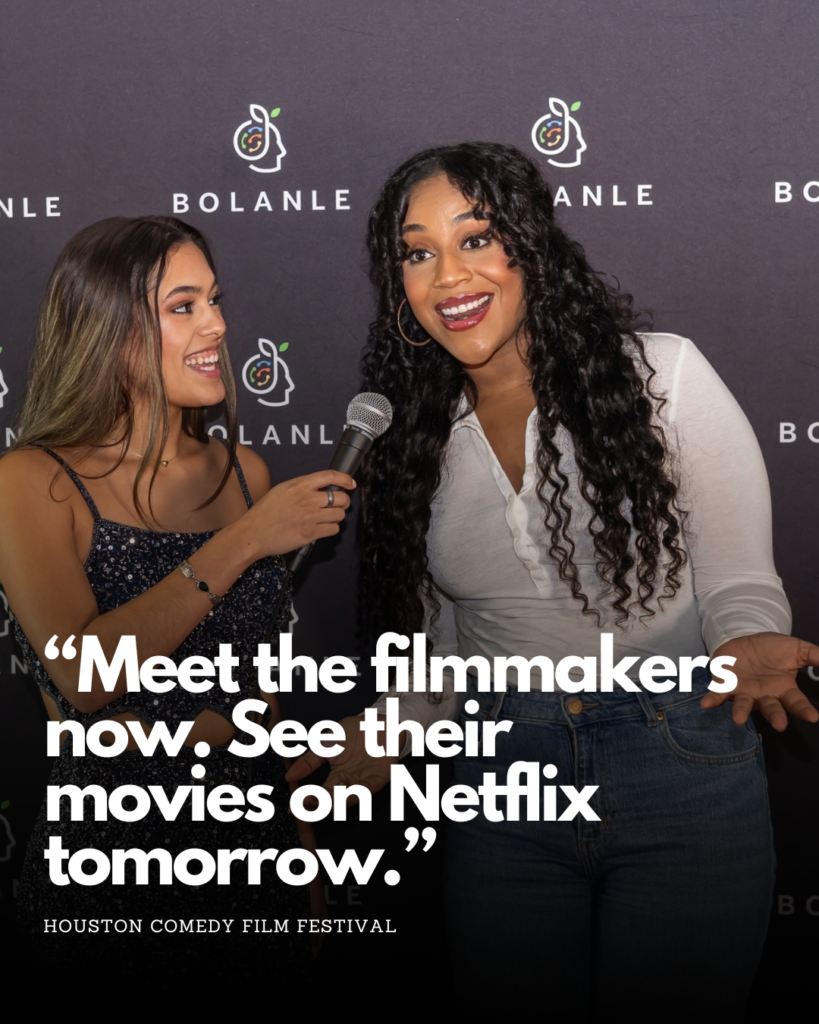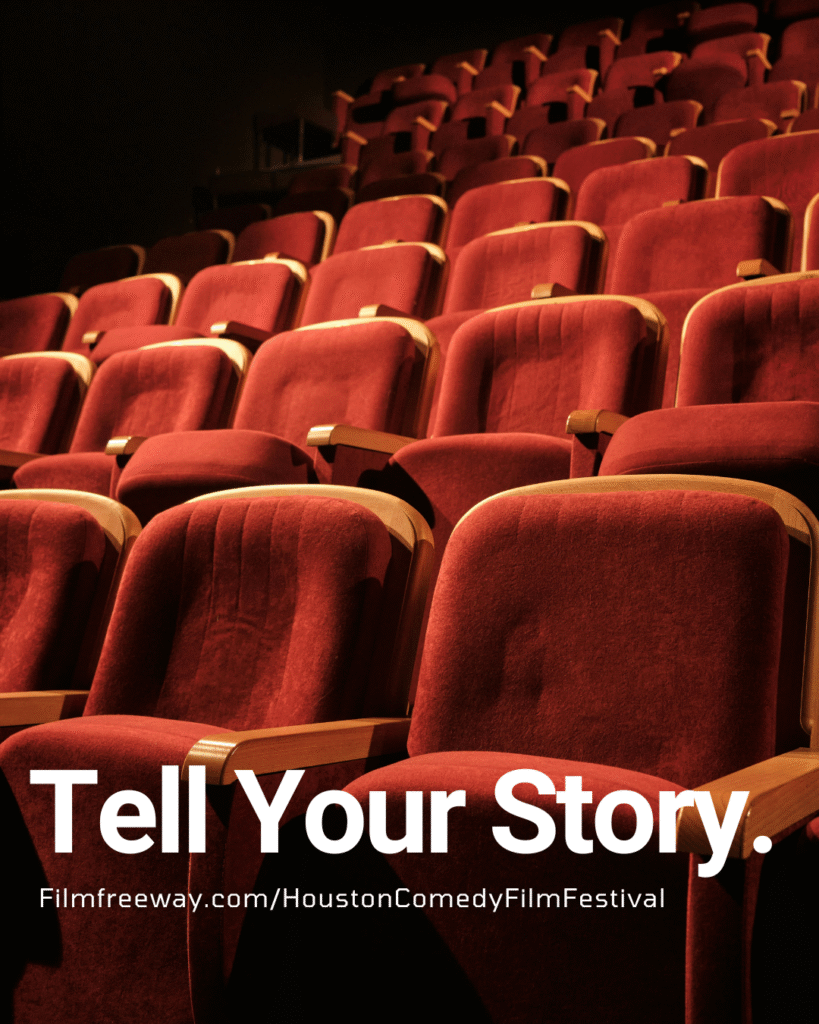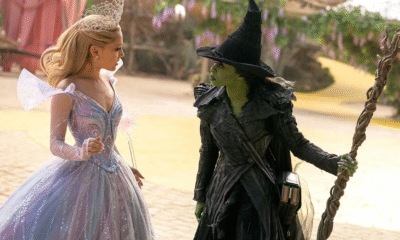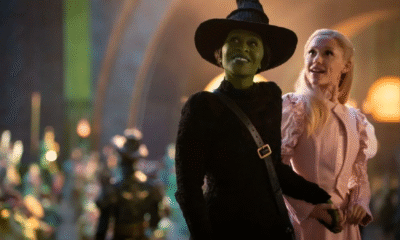Entertainment
Why 8K Might Be Ruining Modern Cinema
We live in an age obsessed with bigger, better, and more. In filmmaking, this often translates to a relentless pursuit of higher resolution. 4K, 6K, 8K, 12K – the numbers keep climbing, promising unparalleled detail and flexibility. But is this pursuit of resolution truly advancing cinema, or is it leading us down a path of creative compromise? After 20 years in the trenches, I’ve come to believe the latter.
Let’s dive into the controversial topic of high-resolution filming, specifically 8K and beyond. Filmmakers now have the option to shoot their films in resolutions so high that most viewers will never even experience the full potential on their screens. Yet, many jump at the chance, seduced by the apparent advantages.
The Seductive Allure of 8K:
Shooting in 8K offers the promise of incredible flexibility in post-production. Imagine filming in 8K and mastering in 4K: you gain the ability to zoom in up to 200% on any shot and create a close-up from a medium shot. Master in 2K or 1080p? You can crop in 400% and turn that 8K medium shot into an extreme close-up. It sounds like magic! High resolutions can also supposedly simplify VFX work, providing more data and detail for keying green screens or tracking facial expressions.
The Harsh Reality: A Resolution Revolution or Regression?
But before you rush out to buy the latest 8K camera, consider the dark side of high resolution:
- Massive File Sizes & Storage Nightmares: 8K footage devours storage space. We’re not just talking about a slight increase; we’re talking about exponentially larger files. And remember, you need backups – at least one failsafe drive, and ideally two for best practices. Suddenly, your independent film is drowning in data management, and your budget is evaporating on hard drives. Archiving years’ worth of 8K footage becomes a logistical and financial nightmare.
- Post-Production Paralysis: While you can create low-resolution proxies for editing, VFX and color grading demand the full-resolution media. That requires a beast of a computer, specialist editors, and eye-watering render times. How many colorists even have an 8K monitor? You’re potentially looking at renting expensive equipment and paying hourly rates for processing power that will make your head spin.
- The Reframing Rabbit Hole: This is perhaps the most insidious problem. The ability to reframe every shot in post-production becomes a curse. In the days of celluloid, you were largely stuck with what you shot. Now, you’ll find yourself endlessly tweaking compositions, second-guessing on-set decisions, and losing countless hours trying to perfect every single frame. “I’ve opened up Pandora’s Box no shot is safe”. The post-production process goes slower, becomes more tedious, and much less fun.
- Creative Complacency: The Death of Intentionality: When you know you can “fix it in post,” you become less committed to framing and composition on set. Instead of making bold choices, you shoot everything wide, hoping to figure it out later. The artistry of filmmaking suffers. Instead of making specific, directed choices you shoot everything wide and hope you figure it out later. This is why so much modern cinema sucks.
The Disease of Modern Cinema:
We are losing that human thought and premeditation of every moment of the film. The magic of filmmaking lies in capturing pieces of time from a specific point of view and assembling them into something greater than the sum of their parts. It ruins the fun when every single shot becomes Play-Doh to be molded into whatever shape you later decide it should be.
Learning from Film:
This is why I got into photography by using film. Digital photography had never interested me even a little bit. You can take a digital camera and shoot a photo a thousand times for free, reviewing it immediately after snapping every single photo. This means consequences for a bad photograph. Film is more intentional. Each picture becomes something so much more than just hoed data; it’s an intentional choice with thought behind it and Stakes baked in.
The Bottom Line:
Don’t let the resolution race blind you. Focus on crafting a compelling story, capturing great performances, and making intentional choices on set. Embrace limitations, prioritize creativity over technical wizardry, and remember that a well-crafted film in 2K or 4K will always be more impactful than a poorly executed film in 8K. High resolution is not a substitute for vision. The answer is making a statement with your film, make it loud. Make the audience understand that you stood behind your choices.
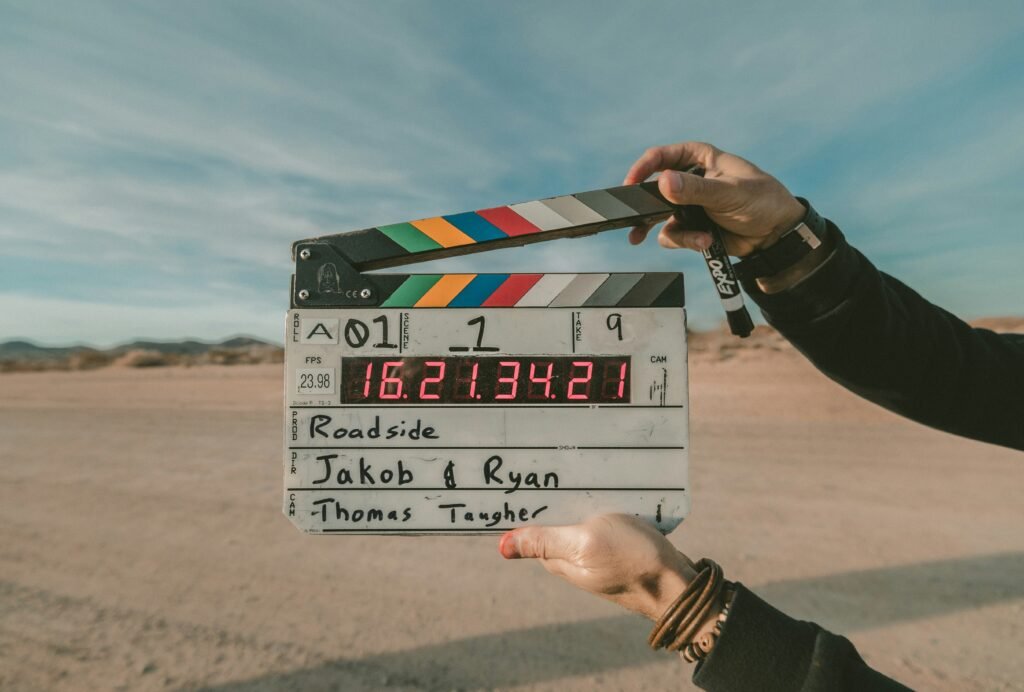
Is 8K ruining modern cinema? Perhaps not single-handedly. But its allure, and the mindset it fosters, is contributing to a loss of intentionality and artistry in filmmaking. It’s time to step back from the resolution race and rediscover the power of creative constraints.

Bolanle Media covers a wide range of topics, including film, technology, and culture. Our team creates easy-to-understand articles and news pieces that keep readers informed about the latest trends and events. If you’re looking for press coverage or want to share your story with a wider audience, we’d love to hear from you! Contact us today to discuss how we can help bring your news to life
Entertainment
What We Can Learn Inside 50 Cent’s Explosive Diddy Documentary: 5 Reasons You Should Watch
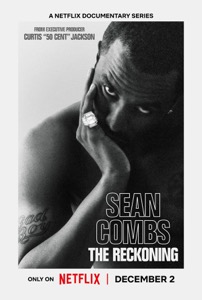
50 Cent’s new Netflix docuseries about Sean “Diddy” Combs is more than a headline-grabbing exposé; it is a meticulous breakdown of how power, celebrity, and silence can collide in the entertainment industry.
Across its episodes, the series traces Diddy’s rise, the allegations that followed him for years, and the shocking footage and testimonies now forcing a wider cultural reckoning.
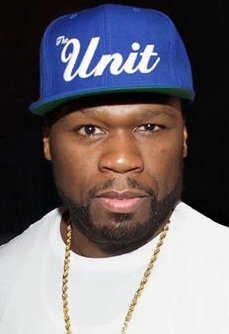
1. It Chronicles Diddy’s Rise and Fall – And How Power Warps Reality
The docuseries follows Combs from hitmaker and business icon to a figure facing serious criminal conviction and public disgrace, mapping out decades of influence, branding, and behind-the-scenes behavior. Watching that arc shows how money, fame, and industry relationships can shield someone from scrutiny and delay accountability, even as disturbing accusations accumulate.
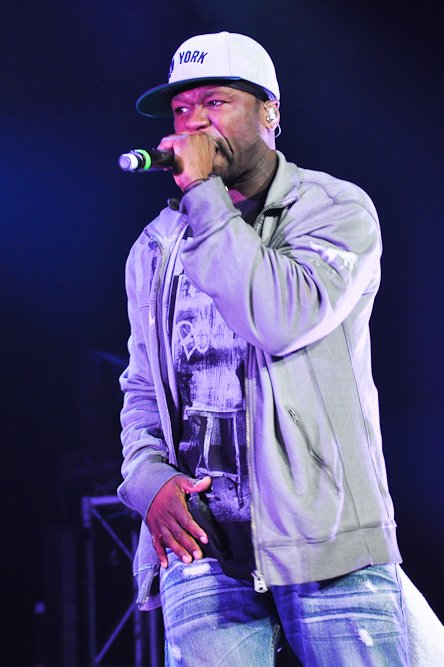
2. Never-Before-Seen Footage Shows How Narratives Are Managed
Exclusive footage of Diddy in private settings and in the tense days around his legal troubles reveals how carefully celebrity narratives are shaped, even in crisis.
Viewers can learn to question polished statements and recognize that what looks spontaneous in public is often the result of strategy, damage control, and legal calculation.
3. Survivors’ Stories Highlight Patterns of Abuse and Silence
Interviews with alleged victims, former staff, and industry insiders describe patterns of control, fear, and emotional or physical harm that were long whispered about but rarely aired in this detail. Their stories underline how difficult it is to speak out against a powerful figure, teaching viewers why many survivors delay disclosure and why consistent patterns across multiple accounts matter.
4. 50 Cent’s Approach Shows Storytelling as a Tool for Accountability
As executive producer, 50 Cent uses his reputation and platform to push a project that leans into uncomfortable truths rather than protecting industry relationships. The series demonstrates how documentary storytelling can challenge established power structures, elevate marginalized voices, and pressure institutions to respond when traditional systems have failed.
5. The Cultural Backlash Reveals How Society Handles Celebrity Accountability
Reactions to the doc—ranging from people calling it necessary and brave to others dismissing it as a vendetta or smear campaign—expose how emotionally invested audiences can be in defending or condemning a famous figure. Watching that debate unfold helps viewers see how fandom, nostalgia, and bias influence who is believed, and why conversations about “cancel culture” often mask deeper questions about justice and who is considered too powerful to fall.
Entertainment
South Park’s Christmas Episode Delivers the Antichrist

A new Christmas-themed episode of South Park is scheduled to air with a central plot in which Satan is depicted as preparing for the birth of an Antichrist figure. The premise extends a season-long narrative arc that has involved Satan, Donald Trump, and apocalyptic rhetoric, positioning this holiday episode as a culmination of those storylines rather than a stand‑alone concept.
Episode premise and season context
According to published synopses and entertainment coverage, the episode frames the Antichrist as part of a fictional storyline that blends religious symbolism with commentary on politics, media, and cultural fear. This follows earlier Season 28 episodes that introduced ideas about Trump fathering an Antichrist child and tech billionaire Peter Thiel obsessing over prophecy and end‑times narratives. The Christmas setting is presented as a contrast to the darker themes, reflecting the series’ pattern of pairing holiday imagery with controversial subject matter.
Public and political reactions
Coverage notes that some figures connected to Donald Trump’s political orbit have criticized the season’s portrayal of Trump and his allies, describing the show as relying on shock tactics rather than substantive critique. Commentators highlight that these objections are directed more at the depiction of real political figures and the show’s tone than at the specific theology of the Antichrist storyline.
At the time of reporting, there have not been widely reported, detailed statements from major religious leaders focused solely on this Christmas episode, though religion-focused criticism of South Park in general has a long history.
Media and cultural commentary
Entertainment outlets such as The Hollywood Reporter, Entertainment Weekly, Forbes, Slate, and USA Today describe the Antichrist arc as part of South Park’s ongoing use of Trump-era and tech-world politics as material for satire.
Viewer guidance and content advisory
South Park is rated TV‑MA and is intended for adult audiences due to strong language, explicit themes, and frequent use of religious and political satire. Viewers who are sensitive to depictions of Satan, the Antichrist, or parodies involving real political figures may find this episode particularly objectionable, while others may view it as consistent with the show’s long‑running approach to controversial topics. As with previous episodes, individual responses are likely to vary widely, and the episode is best understood as part of an ongoing satirical series rather than a factual or theological statement.
Entertainment
Sydney Sweeney Finally Confronts the Plastic Surgery Rumors

Sydney Sweeney has decided she is finished watching strangers on the internet treat her face like a forensic project. After years of side‑by‑side screenshots, “then vs now” TikToks, and long comment threads wondering what work she has supposedly had done, the actor is now addressing the plastic surgery rumors directly—and using them to say something larger about how women are looked at in Hollywood and online.

Growing Up on Camera vs. “Before and After” Culture
Sweeney points out that people are often mistaking normal changes for procedures: she grew up on camera, her roles now come with big‑budget glam teams, and her body has shifted as she has trained, aged, and worked nonstop. Yet every new red‑carpet photo gets folded into a narrative that assumes surgeons, not time, are responsible. Rather than walking through a checklist of what is “real,” she emphasizes how bizarre it is that internet detectives comb through pores, noses, and jawlines as if they are owed an explanation for every contour of a woman’s face.
The Real Problem Isn’t Her Face
By speaking up, Sweeney is redirecting the conversation away from her features and toward the culture that obsesses over them.
She argues that the real issue isn’t whether an actress has had work done, but why audiences feel so entitled to dissect her body as public property in the first place.
For her, the constant speculation is less about curiosity and more about control—another way to tell women what they should look like and punish them when they do not fit. In calling out that dynamic, Sweeney isn’t just defending herself; she is forcing fans and followers to ask why tearing apart someone else’s appearance has become such a popular form of entertainment.

 Entertainment2 weeks ago
Entertainment2 weeks agoWicked Sequel Disappoints Fans: Audience Verdict on For Good

 News4 weeks ago
News4 weeks agoYolanda Adams Questions Traditional Views on God’s Gender, Audience Reacts

 Entertainment2 weeks ago
Entertainment2 weeks agoAriana & Cynthia Say They’re in a ‘Non‑Demi Curious, Semi‑Binary’ Relationship… WTF Does That Even Mean?

 News3 weeks ago
News3 weeks agoEpstein Files to Be Declassified After Trump Order

 News4 weeks ago
News4 weeks agoTrump Throws Epstein Files at Clinton’s Door

 Entertainment4 weeks ago
Entertainment4 weeks agoAriana Grande’s Red Carpet: When Fans Forget Boundaries

 Entertainment4 weeks ago
Entertainment4 weeks agoHollywood’s Kiss or Miss Policy: Why Saying No Got Neal McDonough Blackballed

 Entertainment3 weeks ago
Entertainment3 weeks agoJimmy Cliff, Reggae Legend and Star of ‘The Harder They Come,’ Dies at 81

